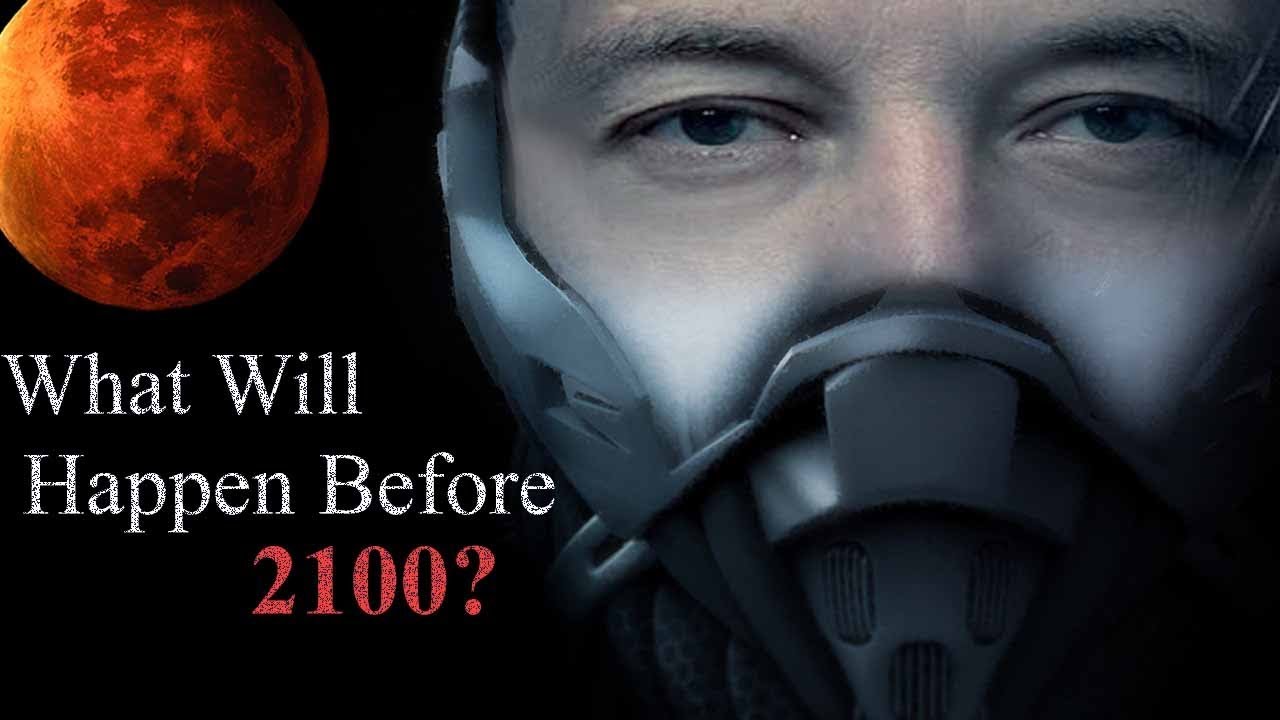
The year is 2100. Earth is still here, but the Elon Musk vision is now delivered. What is that vision? Read on …
Earth in 2100 is a place of automation. Everything is connected. Robots are everywhere. Self-driving aeroplanes and cars move goods and services. More than this, the world is run on a network. The currency is digital and anything that needs to be ordered is done automatically.
Gardens are mowed, houses are painted, buildings are developed, and it is all run on a chip. The climate disaster that humans predicted hasn’t happened, but it has forced most of middle Earth to become automated, run by robots. Fact is that, in 2100, most humans no longer live on Earth. They live on the Moon and Mars ... well, the rich ones that is!
On Earth, there are ten robots to every human; on Mars it’s far better and less congested. It’s also cooler. The dream of a multiplanetary species has come true, but the dream is not what we thought it would be. The original idea was that we colonised Mars as a backup to Earth’s destruction. The reality is that Mars is the new Earth. As a result, those who live on Earth are purely here to service the robots, systems and networks.
Meantime, when we say that Mars is cooler, we mean it.
Thanks to terraforming, Mars is consistently around 20 degrees centigrade. Nice. Admittedly you live the whole day in a bubble, but that's Mars for you ... and it's better than living on Earth, where temperatures are averaging 45 degrees and sometimes exceeding 55. Not so nice. That’s why all the humans have moved to Mars. Well, the ones that can afford it anyway.
In 2100, the population of Mars has just exceeded ten million people; the Moon houses 100,000 as a transit point, but only on the light side (no-one wants to live on the dark side of the Moon); and Earth has two billion people - many were wiped out in the nuclear war and oceans crisis - most of whom don’t want to be on Earth. Why? Because their lives are pure drudgery. It’s all about creating buildings and structures that are serviced by robots and systems. The buildings need creation faster and faster to keep up with population growth and movement, as nearly all humans have evolved naturally towards the North and South Poles. Most equatorial cities are now emptied and, after the nuclear battles of the 2030s and the subsequent population reduction (it was only a billion), everyone has emigrated to Canada, Greenland and Russia.
After all, who wants to live in 50+ degrees every day? Why not move to somewhere far more comfortable, and only 25 degrees.
The issues also arose due to the loss of the North and South Pole ice covering. The bad news: the oceans rose worldwide. The good news? A lot of new land became available to build upon.
As the melted ice of the Poles flooded Earth in the 2050s, a huge number of countries disappeared. The Maldives and Hawaii were no longer inhabitable, and thousands of acres of coastline buildings were destroyed across the East and West of the Americas, Europe and Asia.
So, Earth is run by robots, serviced by humans. What’s life like on Mars? Basically, it is far better and cooler, literally. The new capital of Mars, Musk, built during the 2040s, offers fantastic views of space, Earth, and the red planet. The only issue is that, to get there, costs billions and that’s why only billionaires live there and, when you get there, you have to live in a massive bubble. Sounds about right?
Well, only if the future is delivered on time and to Elon Musk’s orders.
Anyways, this is just one view of the future where humans on Earth exist to service robots, systems and the network, whilst humans on Mars live a wonderful and fulfilling life in condominiums with amazing views, serviced by robots, systems and the network. There are other views:
Chris M Skinner
Chris Skinner is best known as an independent commentator on the financial markets through his blog, TheFinanser.com, as author of the bestselling book Digital Bank, and Chair of the European networking forum the Financial Services Club. He has been voted one of the most influential people in banking by The Financial Brand (as well as one of the best blogs), a FinTech Titan (Next Bank), one of the Fintech Leaders you need to follow (City AM, Deluxe and Jax Finance), as well as one of the Top 40 most influential people in financial technology by the Wall Street Journal's Financial News. To learn more click here...

